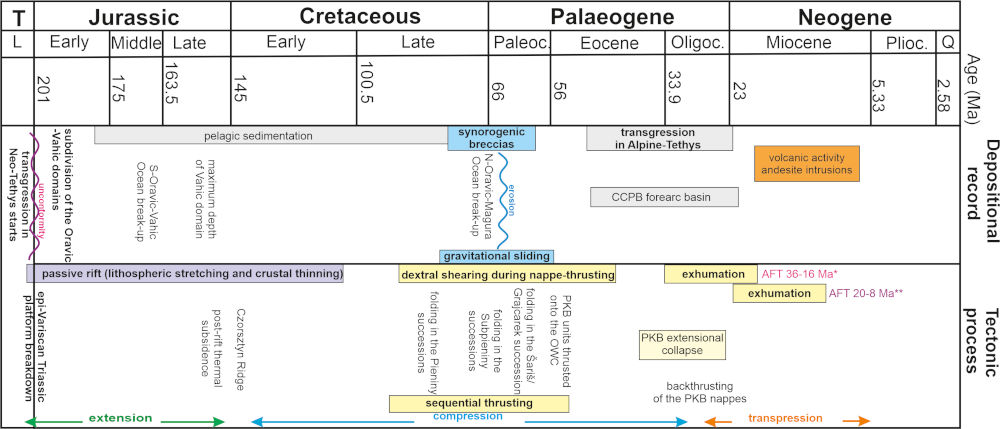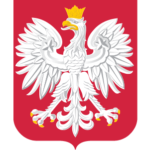The reconstruction of the thermal history of folded-and-thrust units is crucial to define the patterns of tectonic loading and the time-space evolution of the Western Carpathians and thus in the soft collisional orogenic systems. A working group Magdalena Zielińska, Petr Jirman, Przemysław Gedl, Dariusz Botor proposed an integrated approach combining vitrinite reflectance and thermal alteration index (TAI) data together with the application 1D basin modeling to improve the understanding of the thermal maturity mechanisms in transpressional shear zones. The best-calibrated scenario assumes a low paleo heat flow ranging from 45 to 54 mW/m2, affecting the eastern part of the Western Carpathians. The maximum temperature which lead to the maturation of the organic matter seems to be related to its successive burial during the Cretaceous due to compressional deformation. Individual thrust sheets reached thermal maturity prior to the final thrusting phase. The overthrust was accompanied by 3000–4000 m burial/erosion resulting in different thermal pathways during wedge growth.
The research was funded by the Director of the Institute of Earth Sciences, programme: “Małe Projekty”
Reference: https://doi.org/10.1016/j.marpetgeo.2022.106021
Note author: PhD Eng. Magdalena Zielińska






